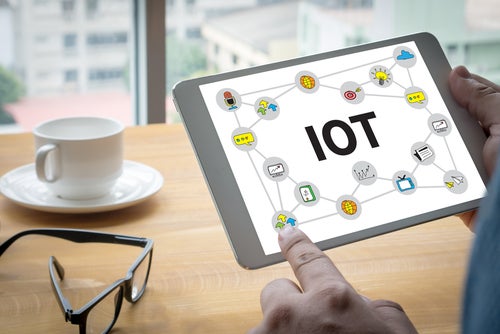
Concept: Honeywell has unveiled a new technology suite for light drones that allows them to fly three times longer and with minimal human intervention. Drones equipped with Honeywell’s Beyond Visual Line of Sight (BVLOS) capabilities can fly farther, carry more weight, avoid dangers up to three kilometers away, and transmit video of their journey anywhere in the globe than typical drones employing batteries and line-of-sight radio links.
Nature of Disruption: The BVLOS comprises 600-watt and 1200-watt hydrogen fuel cells, an IntuVue RDR-84K Radar, an inertial measurement unit (IMU), and UAV Satcom – the world’s smallest and lightest satellite transceiver. Fuel cells allow smaller drones to fly ostensibly three times longer than batteries of comparable output. They function silently and generate no greenhouse emissions, unlike gasoline engines. Operators can refuel or switch hydrogen tanks in minutes, according to the company, allowing them to spend more time in the air. Honeywell’s radar module can detect obstructions, map topography, and locate landing zones in addition to avoiding other aircraft. If GPS guidance fails, it can work as a radar altimeter and give mapping for alternate navigation. The robust IMUs from Honeywell keep drones on track no matter what the terrain is like. Its satellite uplink can also be utilized to download weather and traffic information from other drones in real-time.
Outlook: Honeywell’s UAV Satcom and IMUs are currently available, while the RDR-84K and fuel cells are in the last stages of development. Prototype fuel cells are currently available for purchase and evaluation. Last-mile package delivery, surveying, search-and-rescue, pipeline and power line inspection, and medical supplies are just a few of the uses for the technology.
This article was originally published in Verdict.co.uk



